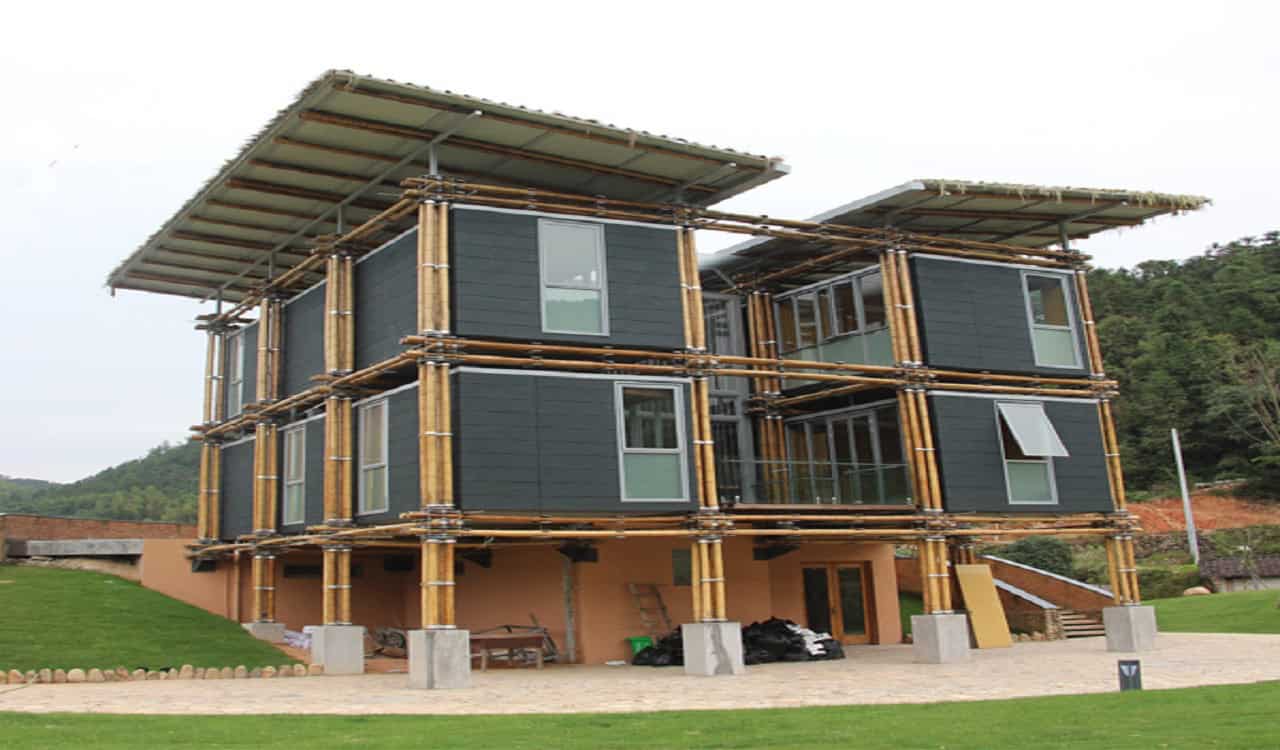Discover effective techniques for bamboo construction in a wet climate . Learn treatments, maintenance tips, and design solutions for lasting durability.
bamboo construction in a wet climate , known for its sustainability and versatility, has become a popular material for construction in wet climates. However, its use comes with challenges, such as susceptibility to moisture, pests, and rot. This article delves into the essentials of bamboo construction in a wet climate, offering practical tips and insights on how to maximize its durability while maintaining its eco-friendly appeal.
20 Basic Civil Engineering Questions and Answers
Why Choose Bamboo for Construction?
Sustainability and Renewability
Bamboo is a renewable resource, growing up to 35 inches per day in ideal conditions. Its low environmental impact makes it an excellent choice for eco-conscious builders.
Strength and Flexibility
Despite its lightweight nature, bamboo is incredibly strong, with a tensile strength comparable to steel. This makes it ideal for withstanding the stresses of wet climates.
Aesthetic Appeal
Bamboo lends a natural, earthy aesthetic to buildings, harmonizing with the surrounding environment.
Challenges of Bamboo Construction In A Wet Climate
Moisture Sensitivity
In wet climates, bamboo can absorb moisture, leading to swelling, warping, or rot.
Pest Issues
Bamboo is susceptible to insect infestations, such as termites and borers, especially in humid conditions.
Weathering
Prolonged exposure to rain and sunlight can cause bamboo to crack and degrade over time.
Preparing Bamboo for Wet Climates
1. Proper Curing
Curing bamboo through techniques such as heat treatment or chemical preservation reduces moisture absorption and increases durability.
2. Seasoning
Seasoning bamboo by air-drying or kiln-drying minimizes shrinkage and warping when exposed to moisture.
3. Treatment Against Pests
Using boron-based preservatives can help prevent pest infestations. Soaking bamboo in a solution of boric acid and borax is a common method.
Building Techniques for Wet Climates
1. Elevated Foundations
Building on elevated foundations prevents direct contact between bamboo and waterlogged ground, reducing the risk of rot.
2. Roofing Design
Overhanging roofs protect bamboo walls from direct rain exposure. Use waterproof roofing materials to enhance protection.
3. Proper Joinery
Using techniques like lashed or bolted joints minimizes the need for nails, which can weaken bamboo over time.
Maintenance Tips for Bamboo Construction
1. Regular Inspections
Check for signs of moisture damage, pest infestations, and structural weaknesses regularly.
2. Applying Protective Coatings
Waterproof coatings, such as polyurethane or natural oils, can protect bamboo from moisture and UV rays.
3. Drainage Solutions
Ensure proper drainage around the building to prevent water accumulation near bamboo elements.
Examples of Bamboo Structures in Wet Climates
1. Green School Bali
Located in a humid tropical climate, the Green School in Bali uses treated bamboo for classrooms, showcasing its durability and aesthetic value.
2. Vietnam Bamboo Architecture
Architects in Vietnam often use bamboo to create structures that blend seamlessly with the wet climate, utilizing advanced treatment and design techniques.
Environmental Benefits of Bamboo Construction
1. Carbon Sequestration
Bamboo absorbs more carbon dioxide and releases more oxygen compared to other plants, helping combat climate change.
2. Reduced Deforestation
Using bamboo as an alternative to timber reduces pressure on forests.
Bamboo Construction In A Wet Climate 2025
Bamboo construction in a wet climate is a practical and sustainable choice when proper precautions are taken. From selecting treated bamboo to implementing thoughtful design and maintenance practices, builders can harness the full potential of this versatile material. By overcoming challenges such as moisture and pests, bamboo structures can stand strong and beautiful even in the wettest climates.
Free Construction Estimating Software Excel 2025
FAQs
1. Is bamboo suitable for construction in wet climates?
Yes, with proper treatment and design, bamboo can withstand wet climates effectively.
2. How can I protect bamboo from moisture?
Use treatments like curing, waterproof coatings, and elevated foundations to reduce moisture impact.
3. What are the environmental benefits of bamboo construction?
Bamboo is renewable, absorbs carbon dioxide, and reduces deforestation, making it an eco-friendly building material.
4. Can bamboo be used for large structures?
Yes, with proper engineering, bamboo can be used for bridges, pavilions, and even multi-story buildings.
5. How often should I maintain bamboo structures?
Regular maintenance every six months is ideal, focusing on inspections, protective coatings, and drainage.



